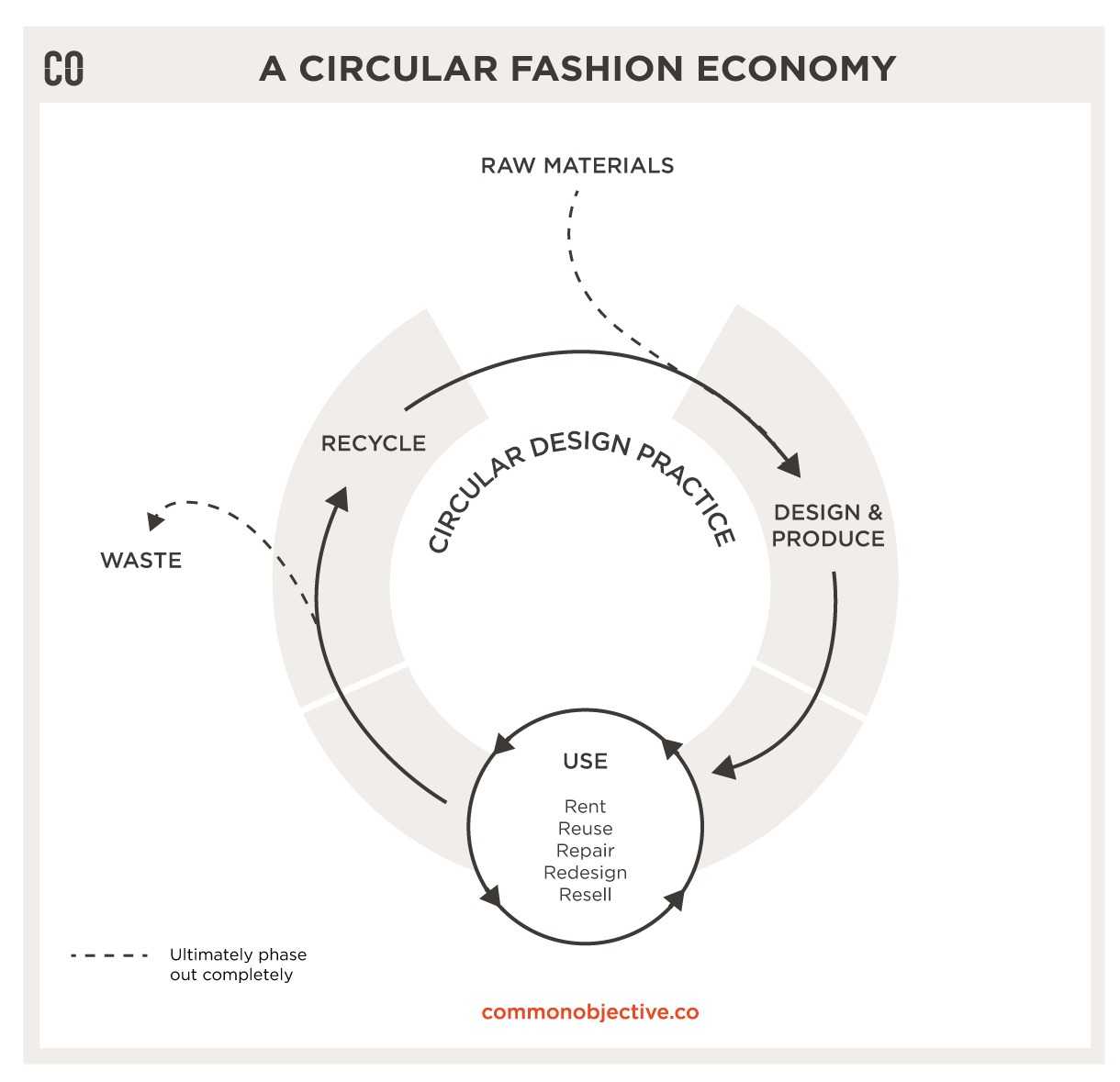Human activity has had an impact on a planetary scale. It is reaching a tipping point, if we don’t take action without respective professions, how will we address this climate emergency.
There is a disconnect between the clothes we wear and the understanding of the impact of the effect on the environment. We are drawn to colour, style, size, rather than how they are made and how they effect the environment.
This makes you question do we need to change our textiles manufacturing processes?
Take a step away from the use of synthetic materials and dyes, to drastically decrease our contribution to CO2 emissions, micro-plastic pollution, and fast fashion-focusing on nature fibre systems.
A new approach to textile design has begun, with textile designers giving alternative methods and exploring the inner relationship between the environment and textiles, demonstrating the need for change within out current production systems. We should be considering clothing in the context of the following questions, are we wearing clothing from the fossil carbon pool, or are we wearing clothing grown from the soil? Are our clothes to return to the same they came from, can they be composted? how will our clothing choices help us move atmospheric carbon into the soil?
Using natural dyeing as an alternative method to colour fabric, concentrated on environmentally viable approach to textiles and the dying of fabric, through an agricultural way of learning. Extracting dyes from native plants and using the environment in an ethical and sustainable way, rather than using it as a resource that can be continuously sourced, it is a crucial element to the soil to soil process. The idea behind this is to use natural colourants to dye ethically sourced natural fibres, meaning that the production is completely traceable, and follows the soil to soil process.
This approach will show the need fro change in our current production systems, showing how through innovation and rethinking design, material development can mitigate out impact on the environment. We need to be conscious of the environmental impact and complications that our practice has on people, the planet, and our economy. The textile industry has a significance humanitarian and environment cost, these are hidden by an inexpensive price tag, and an unmanageable consumption habit. All of these behaviours are contributing to a systematic global problem.

Fabrics and material choices are critical:Natural fibre garments come from the soil and can be therefore be transferred back to the soil. Hemp, alpaca, wool, and cashmere are all examples of natural fibres than can be transformed into compost when their life cycle as clothing is over.
As designers and makers, are need to create a system when their life cycle and framework which textile designers and practitioners can take quantifiable action. Soil to soil approach and the circular system of making will help us to create sustainably, effectively, and ethically.
How did the Fibershed project start?
The project began in 2010 with a commitment by its founder, Rebecca Burgess, to develop and wear a prototype wardrobe whose dyes, fibers and labor were sourced from a region no larger than 150 miles from the project’s headquarters. Burgess had no expected outcomes from the personal challenge other than to reduce her own ecological footprint and maybe inspire a few others.
Burgess teamed up with a talented group of farmers and artisans to build the wardrobe by hand, as manufacturing equipment had all been lost from the landscape more than 20 years ago. The goal was to illuminate that regionally grown fibers, natural dyes, and local talent was still in great enough existence to provide this most basic human necessity—our clothes. Within months, the project became a movement, and the word Fibershed and the working concept behind it spread to regions across the globe. Burgess founded Fibershed’s 501c3 to address and educate the public on the environmental, economic and social benefits of de-centralizing the textile supply chain.

The future for circular fashion
Circularity is not currently a panacea for the fashion industry.
It may have the potential to be but the systems needed to keep even all currently existing apparel and footwear in circulation, reused and disposed of without harm are not yet in place. And we are still continuing to produce new products from virgin materials at a rapid rate. The progress made is not enough to offset growth.
Currently corporate run take-back schemes incentivise shoppers to bring back used clothing by offering vouchers to buy more. According Fashion for Good’s The Future of Circular Fashion report “80% of customers returning garments utilise their voucher to purchase a new item from the same brand”.
Whether moving to a circular fashion economy can tackle the impact of business models that rely on continual growth, ever increasing volumes of production and consumers’ desire for newness is under question.
However even just attempting to move to a more circular model brings benefits in reducing waste and pollution.
https://www.commonobjective.co/article/what-is-circular-fashion


